Let’s face it, although beautiful, houseplants are fussy and feeding houseplants can prove tricky. You’ve likely learnt this the hard way if you’ve forgotten to water one to see it dramatically wilt within days.
The RHS reported a 50 per cent rise in houseplant sales last year, with a 150 per cent rise in sales of the monstera. Not only do houseplants brighten up your home, but they also make it cleaner too! Unfortunately not in the sense of washing, but houseplants do make your home cleaner. Empathy has you covered with a selection of organic plant feeds designed to stimulate healthy and vigorous growth for your indoor mini jungle.
Popular Houseplant Varieties
Cacti – The most forgiving houseplant
Life is busy, and sometimes the last thing on our minds is remembering to water our leafy friends. If this sounds like you, a cactus is your best option. You don’t need to stress about watering every week, providing a humid environment or a grow light. You could go on holiday for a month and still come back to a happy plant. Some of the most popular varieties:
- Angel Wings Cactus
- Saguaro Cactus
- Christmas Cactus
Orchids – Long lasting colour
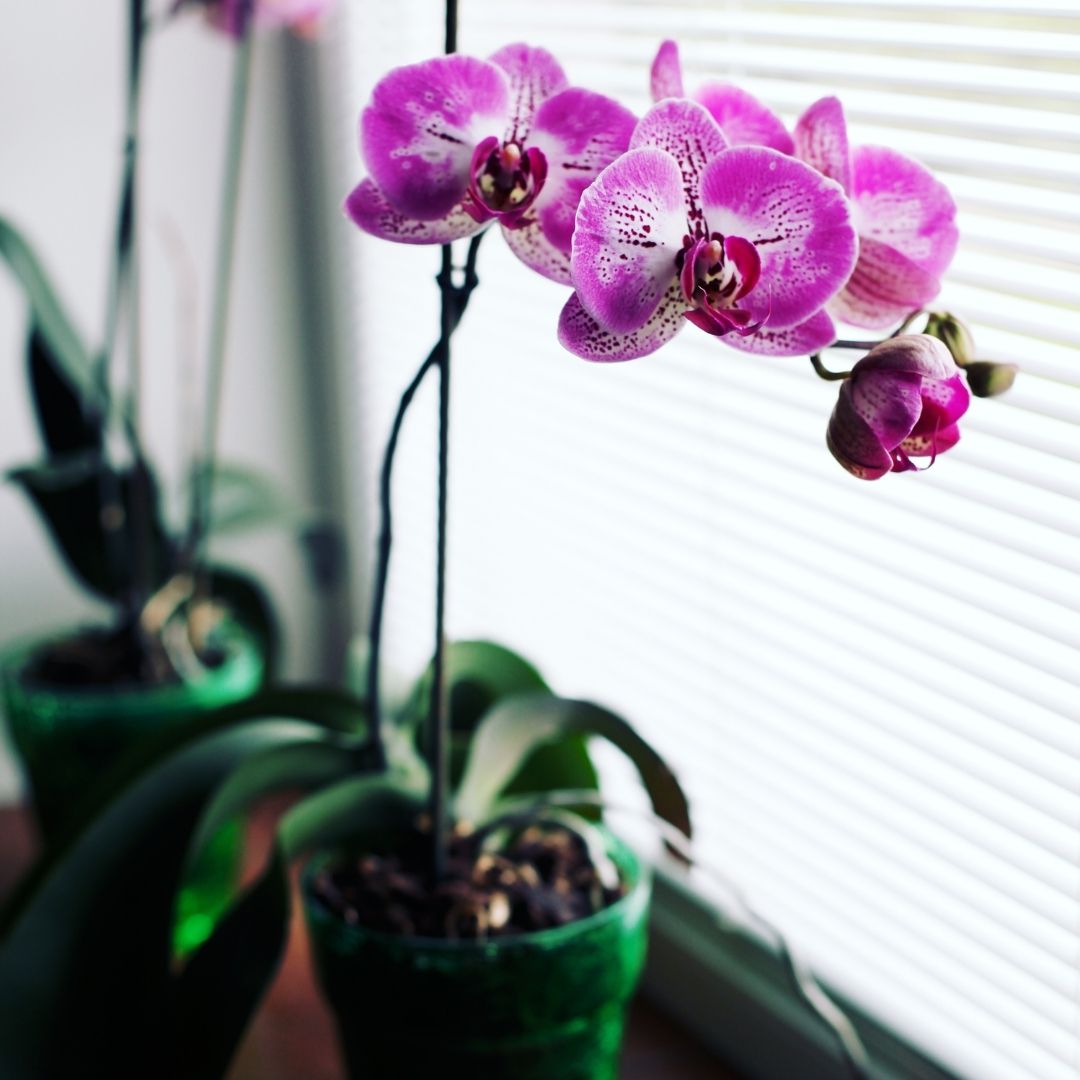
Slightly more tricky to look after, but you’ll be rewarded with beautiful, long-lasting flowers. Orchids are naturally found in tropical rainforests, but they’ll be happy with the average household temperature. Like most houseplants, you need to be careful not to overwater. Just do the classic trick of feeling if the pot feels heavy and make sure any excess water has a place to drain.
- Dendrobium
- Phalaenopsis
- Cattleya
Aroids – Low light lovers
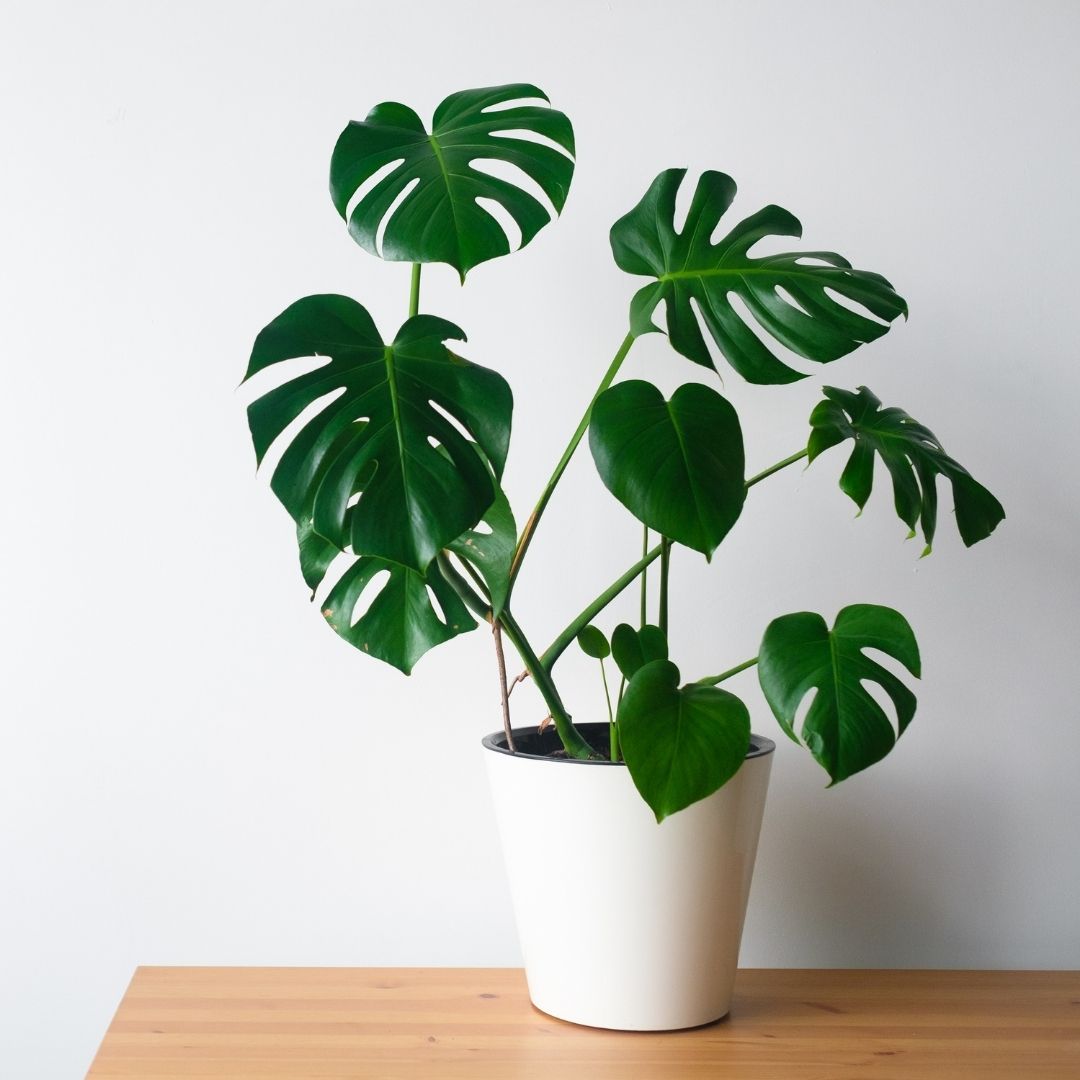
The Aroid houseplant family has long natural swamp-dwellers that can adapt to regular floods, one of the reasons they’re an easy-care houseplant perfect for low light rooms. Some popular aroids include:
- Aglaonemas
- Monsteras
- Philodendrons
How To Care For Houseplants
Feeding houseplants
Our After Plant House Plant and After Plant Orchid pump & feed make feeding houseplants a breeze, each contains organic ingredients including seaweed extract and plant-derived amino acids to give your indoor plants a natural feed from their tropical native roots. Each is designed to stimulate healthy and vigorous growth for all indoor plants and promote better flowering in orchids. Cytokinins are hormones in seaweed that activate growth processes in plants meaning they stimulate cell division and therefore plant growth.
The ready-to-use pump & feed bottles are simple and quick to use so feeding doesn’t take too much time from your day. They can be mixed in your watering can or will deliver the perfect 2ml dose which can be added directly to the base of the plant and watered in for a quick, mess-free application. After Plant House Plant will deliver 125 doses and After Plant Orchid provides 250 doses per 500ml bottles.
Be Water Wise
The most common reason for the dramatic wilting, yellowing leaves and mushy roots is overwatering. It’s easy to get water happy as we want to care for our plants as they care for us, but less is more! Different plant varieties will have different watering needs, so it is important to check the label. But, most houseplants need to be watered every 1-3 weeks.
Do the classic probe test with houseplants if you’re unsure. Sink your finger into the compost, if it’s dry then water. But, if it feels damp, put the watering can down!
The Perfect Potting Mix
When finding a mix for your plant, the two important things to remember are structure and drainage. Houseplants need soil with enough structure to support them, and a mix that drains well while holding adequate moisture. You’ll easily be able to find a ready-made potting mix at your local garden centre. Or, you can mix your own.
Houseplants – 1:4 sand-to-compost, 1:2 for cacti and succulents. You can substitute sand with perlite.
Re-pot and Replace
The best thing you can do for your houseplant is to re-pot it as soon as you bring it home. It’s tempting to put your leafy new addition in a pretty pot, but you need to think about drainage if you want it to last. Drainage holes are important, but if you’re adamant about using a pot to match your aesthetic, make sure to add rocks or broken terracotta to the base to aid drainage.
Repotting will vary greatly depending on the variety, faster-growing houseplants like pothos and African violets will benefit from annual repotting. Whereas slow growers like cacti will stop in the same pot for years, they just need feeding and they’ll be happy.
The best time to repot a plant is in the spring so that actively growing roots will have enough time to grow into the newly added potting mix.
Pruning
Sometimes plants will grow wild, so feel free to trim. But, there’s no need to prune houseplants otherwise.
Pest Prevention
Pests are less likely with indoor plants, but if you do see any pesky bugs wandering around on your plants mix a simple soap spray. Cover and spray the entire plant – the undersides and tops of the leaves as well as the stem. Next, wait about two weeks and repeat the spraying. Then, wait two more weeks and spray again to eliminate eggs.
Helpful links to help you keep on top of care and feeding houseplants
Plant care advice at your fingertips
Planta is a useful app to remember when to water your houseplants
Houseplant care tips and printable guide
Houseplant care tips for beginners
What houseplant should I buy? Take the quiz
